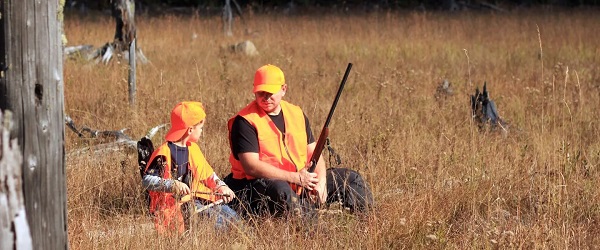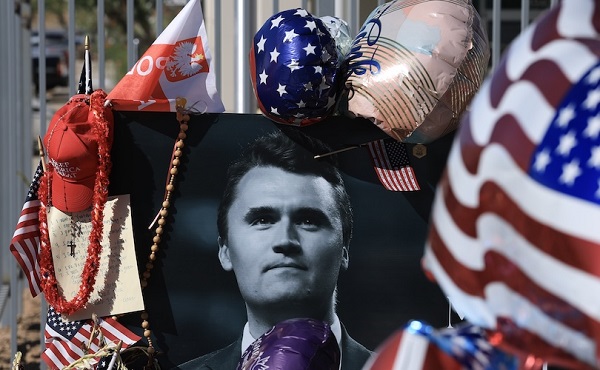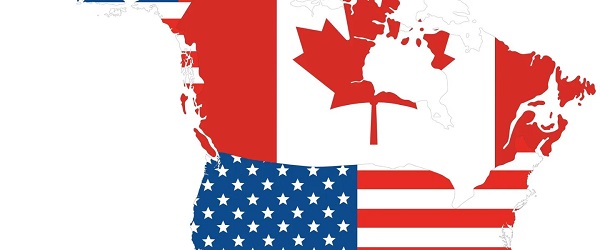#ReDiscoverRedDeer
Former Torrington citizens create new Gopher video for Torrington Gopher Hole Museum

2020 has been a good year for the Torrington Gopher Hole Museum.
With the opening of the museum last week and a successful town fund raising event to benefit a local couple who had a house fire in early July, the community has been a hotbed of community spirit.
“I originally recorded the Gopher Song a long time ago,” said composer/musician Dennis Oster who now lives in Red Deer. “Earlier this year, I got a call from Laural Kurta, who works with the museum now and she said she was having the original cassette restored. I offered to re-record the song and it took 3 takes to get the song right.”
Former Torrington citizen and area historian, Tim Lasiuta, worked with Oster to create a video to celebrate the world famous museum was pleased to be part of the tribute.
“My family lived across the street for many years and I an honored to be part of the community, after all of these years,” said Lasiuta. “There is no official count, but I suspect that close to 200,000 people have been to the small attraction, something that no-one ever would have expected.”
July 24 marked the OFFICIAL world release of the Gopher song and video.
Long live Clem the Gopher!
#EdmontonStrong
Honored Cree Chief Joachim Fromhold Passes Away


Joe Fromhold at Ellis Bird Farm
Joachim Fromhold 1947-2020
Chief Joachim Fromhold of the Asini Wachi Nehiyawak has joined the Great Circle in the sky.
Joachim, aka Joe, was born January 15, 1947 to Mina and Willi Fromhold in Germany.
His lineage can be traced to 1650 (Cree Chief Sisip Pimotew), and Chief Louis Joseph Piche in addition to the Carolingian Dynasty (Europe). He also counts Chief Bob Tail and his descendants as part of his ancestry.
Moving to Canada, his family spent time in Calgary before moving to a farm near Buffalo Lake and Sounding Creek in 1960. He graduated from Mirror High School in 1967 and had been accepted into Harvard but chose to work with the CIBC and aboriginal groups in northern Alberta. Through Joe, the first loans to aboriginal groups were granted in High Level prior to his resignation from the bank.
Always a businessman and hard worker, Joe built coffins (age 13), started a dairy herd while in grade 12 and bought into a trucking company, all by the time he graduated High School. Around the same time, he established the first newspaper north of Peace River which was, and still is, the only newspaper to have been privately aboriginally owned and operated. Fromhold also founded the first Alberta Youth Safe House dealing principally with aboriginal youth without government funding.
While in Peace River country, he began to actively gather data on aboriginal culture and history, a pursuit which he continued throughout his life. He also helped establish the Metis Association of Alberta in northwestern Alberta.
His formal education in archaeology started in 1970 with classes at the University of Calgary and continued until 1973 with further education from Universities, Museums, Cultural and Business organizations continuing throughout his life.
Several cultural and historical organizations were born out of Fromhold’s desire to preserve history. Archon Consulting Ltd, The Cultural Awareness Program, A.V.C., Buffalo Head Cultural Survival Camp, the Old Fort Museum, The Indian Legends Museum, The Vermillion Lodge Museum, the Mirror Business Center and Museum and the Mountain Cree Asini Wachi Nehiyawak Band in 1996.
Numerous other business ventures established by Fromhold included The Inner I Coffee House, Subway Coffee House, Paintball Warrior, Fromhold Security, Sports Rent, Old Fort Hotel, The Antiques Advertiser, The Red Deer Antique Mall & Collectibles and Rocky Mountain Outfitters.
Fromhold was instrumental in establishing the written aboriginal history in western Canada and beyond. Through his genealogical research, published in various books and magazines, he formalized the presence and lineage of the Cree people, thereby paving the way for many legal challenges, many of which are still ongoing.
Active in the archaeology community, Fromhold has catalogued and identified important aboriginal sites in Alberta. Among his discoveries is the presence of the Moundbuilders in Central Alberta on the Battle River, The Donalda Buffalo Pound, Medicine Hills Survey of significant sites and the discovery of the the existence of the Ice-Free Corridor, the existence of the North Trail and the Colville Trail, the proving of pre-Columbian cross-mountain trade, proving aboriginal occupancy and land use in the mountains, and demonstrating that various lithic sources were to be found in Alberta. In the theoretical field he established the methodology for reconstruction of prehistoric populations and developed the first Census data for prehistoric Alberta.
His influence and involvement in Northern Alberta was substantial, both in education and cultural preservation.
On graduating from the M.A. program in Anthropology he took a position at the Alberta Vocational Center in Lac La Biche (now Portage College) to develop a Native Arts and Crafts/Native Studies program there and at A.V.C. Grouard. These were the Grandfather Programs for all subsequent cultural programs in Alberta. In my position I was also an advisor to the development of the University of Lethbridge Native Studies program and liaison with the Saskatchewan Indian Colleges, and as a resource person to various aboriginal communities in eastern Alberta. Family ties existed with Beaver Lake Cree Nation, and he married Irene Mountain, daughter of Chief Lawrence Mountain and descendant of Chiefs PESEW and
Bobtail (Piche) and Big Bear.
While at Lac La Biche he collaborated with Christine Daniels to found the White Braid Dancers, served as Pow-Wow Director for 5 years and for 4 years as the first aboriginal President of the Lac La Biche Lions Club. During that time he also re-introduced the Pow-wow to Beaver Lake Cree Nation and Cultural Days to Heart Lake First Nation and were involved in the development of the Saddle Lake Multi-Cultural Days.
At this time he founded the Mountain Peoples Cultural Society to sponsor cultural events and two dance groups. With his wife we also established the first Wilderness Cultural Camp in Alberta.
In 1985 he took a position with Alberta Advanced Education as Program Head of the Opportunity Corps Program, a second-chance training program, in northwestern Alberta. At the time the program consisted of one pre-trades training campus, it being part of his duties to develop a second campus to the point where it could be turned into a community college. The campuses were to serve 16 aboriginal and 4 non-aboriginal communities. Through internal training programs they developed highly skilled office personnel who began to take over and effectively and efficiently manage the office administration of a $15,000,000 (2010 dollars) operation and through another similar program operated several cafeterias in several communities.
Over the next few years the position became responsible for delivery and supervision of all programs delivered by Advanced Education, including Apprenticeship and Transitional Housing. In 1988 the campuses were re-classified as a college and a satellite campus.
In this time he was also involved in the development of the High Level and District Friendship Center, the High Level and District Museum and the Fort Vermilion Museum. We also initiated annual pow-wows at High Level and Fort Vermilion and developed a touring dance troupe that traveled to regional schools and sponsored annual Native Fashion Shows based on the family collection.
Fromhold began the work to convert his research into digital format for his world class native history website, http://inewhistory.com/ , an effort which continued to his passing.
With the death of his wife Irene in 1994 he relocated to central Alberta to concentrate on raising his children and developing the databank. Over the years they had taken in nephews and nieces to give them a stable home environment, and he now adopted two others who were in danger of becoming street kids in Edmonton; they returned to school and eventually continued on to college and university.
In 1996 the Mountain Peoples Cultural Society converted to becoming a Traditional Band, and Joe was delegated by the family to represent the interests of descendants of Lawrence and Leo Mountain. Descendants of two other brothers also consolidated, the four bands forming a common council.
Fromhold and the Band proposed to the City of Edmonton and investment of $20 million in a transition to employment and housing program for the homeless and disadvantaged in Edmonton in 2006.
Through the efforts of Fromhold in 2008, the Mountain Cree Band (Asini Wachi Nehiyawak) became a member of the Jasper National Park Aboriginal Forum advisory group, as a successor group representing the interests of the now-dispersed Bobtail Band. Independent of the Advisory group, he offered to participate financially in the development of a Nations of Jasper Cultural Interpretive Center. Participation in Jasper continues to this day with the Pow wow and placement of aboriginals in park positions.
Fromhold’s books on aboriginal history in Alberta started in 2010 through Lulu.com. To date there are more than 40 books available, ranging from the Moundbuilders, to a history of the Red Deer/Central Alberta area dating back 13,000 years to genealogies for specific bands. Prior to his passing, Fromhold had planned as many as 20 more.
In 2011, he was awarded the Canada Heritage Minister’s Award for Leadership Excellence.
He was honored in 2012 with an Honoring Ceremony by members of the incipient re-structuring Edmonton Stragglers Band in appreciation of the guidance given to the members in pursuit of their history and interests.

He was a founding member of the Alberta Association of Consulting Archaeologists and in 2017 was the founder for the Association of First Nations Archaeologists and Historians.
The Asini Wachi Nehiyawak purchased and renovated a former bunk house in Mirror, creating a museum, antique store and rooms for short term stays in the community. Along with the commercial aspects, all records of the Mountain Cree were available for research. Presently, a constitutional challenge is outstanding on the property.
Fromhold was involved with Enoch Cree Nation in legal action to settle outstanding land claims and to protect historic burials in the Rossdale Burial Area of Edmonton, a dispute dating back nearly a decade. The efforts to protect native heritage and cultural sites continues to this day.
Other ongoing efforts include working with Lacombe to develop a cultural centre, preservation of Mound Builder sites, site preservation in Red Deer (multiple), and relationships with Transalta, TC Energy and various energy companies. Many other discoveries and historic sites are waiting to be protected by future generations due to his passion and knowledge.
Fromhold, throughout his career, attracted many gifted associates and was once tasked with guiding Richard Leakey on a tour of Alberta. While the two archaeologists shared many observations, Leakey pointed out to Joachim numerous sites that exhibited evidence of human occupation, some dating back 100,000 years in Central Alberta!
In conversation with Joe, his skills as an archaeologist were continually developing. He noted that ‘over the last few years, I have now learned to recognize flint knap sites,’ adding that like camp sites, every few miles on old trail, he could locate them. He lamented not knowing that that as a young researcher, realizing that he had passed over thousands in his career. During a Red Deer connector survey, he discovered a knap site that was possibly (likely) evidence of a campsite for David Thompson during his exploration of Central Alberta.
He started the Mountain Cree News in the late 1990s, and the monthly newsletter continues to this day.
The legacy he leaves behind is one of people: people he inspired to take an interest in their history, people he inspired to better themselves, and people he impowered to make our society into one that recognizes the value of the history of our country and early inhabitants.
Joe leaves behind children Dustin, Odin, Jennifer, mother Mina and many others he mentored into a better life.
Rest well warrior.
This article was originally published on August 5th, 2020.
Read more from Tim Lasiuta.
#RedDeerStrong
Fight against opioid addictions to include recovery. Red Deer will be home to 75 bed treatment centre

From the Province of Alberta
Building a recovery community in Red Deer
Alberta’s government is providing up to $5 million to build a recovery community in Red Deer, which will add 75 treatment beds in central Alberta.
As part of Alberta’s Recovery Plan, $25 million will support the construction of life-changing recovery communities, which will play a critical role in supporting the health, wellness and long-term recovery of Albertans.
“Today’s announcement is a big step towards supporting Albertans in their goal of recovery. We dedicated a portion of our Recovery Plan to ensure infrastructure was being dedicated to the vulnerable people in our communities. These recovery communities are a continuation of our efforts at creating 4,000 addiction treatment spaces in the province and building a full continuum of care for people struggling with addiction.”
Recovery communities, also known as therapeutic communities, are a form of long-term residential treatment for addiction, used in more than 65 countries around the world. Recovery is seen as a gradual, ongoing process of cognitive change through clinical and peer interventions. Program participants advance through the stages of treatment at their own pace, setting personal objectives and assuming greater responsibilities in the community along the way.
“I am excited to announce the first of five recovery communities will be in Red Deer. This is an important step in the expansion of our mental health and addiction recovery strategy. I want to thank the City of Red Deer for their tremendous partnership on this important project. Their commitment to the community and the people struggling with addiction has been second to none.”
Recovery Communities encourage participants to examine their personal behaviour to help them become more pro-social and positively engaged citizens – considered to be based on honesty, taking responsibility, hard work, and willingness to learn. The goal is for a participant to leave the program not only drug-free but also employed or in school or training.
Five recovery communities are being built across the Alberta. It is anticipated recovery communities will begin accepting participants in spring 2021.
“The City of Red Deer is proud to have worked closely with the Government of Alberta on this important initiative. Our friends, family, and neighbours suffering from addiction will have a place to go that’s close to home. We will continue to working with this government hand-in-hand as we build out further supports for the people of Red Deer.”
“I am pleased to hear that a recovery community is coming to Red Deer. This facility is poised to have a dramatic impact on those struggling with addiction in Red Deer and in central Alberta. I look forward to seeing the positive effects it has on its patients and the community as a whole.”
“Addiction is a challenge of human nature. Success in this complex matter must begin with the end in mind: supporting and loving our neighbors to become free from addictions. The announced therapeutic community for Red Deer is an innovative, game changing, service towards loving and supporting our neighbors seeking to become free from addictions, blessing families and communities throughout Central Alberta.”
This historic infrastructure investment complements government’s ongoing commitment to create 4,000 addiction and mental health treatment spaces in the province.
Alberta’s Recovery Plan is a bold, ambitious long-term strategy to build, diversify, and create tens of thousands of jobs now. By building schools, roads and other core infrastructure we are benefitting our communities. By diversifying our economy and attracting investment with Canada’s most competitive tax environment, we are putting Alberta on a path for a generation of growth. Alberta came together to save lives by flattening the curve and now we must do the same to save livelihoods, grow and thrive.
Quick facts
- Alberta’s Recovery Plan provides a total of $25 million to build five recovery communities across the province, adding 400 treatment beds – a 30 per cent increase to current capacity.
- Construction of these long-term residential treatment centres is part of the more than $10 billion infrastructure spending announced as part of Alberta’s Recovery Plan. This spending includes: $6.9 billion Budget 2020 capital spending, $980 million accelerated for Capital Maintenance and Renewal, $200 million for Strategic Transportation Infrastructure Program and water infrastructure projects, $600 million in strategic infrastructure projects, $500 million in municipal infrastructure and $1.5 billion for Keystone XL.
-

 Alberta1 day ago
Alberta1 day agoB.C. would benefit from new pipeline but bad policy stands in the way
-
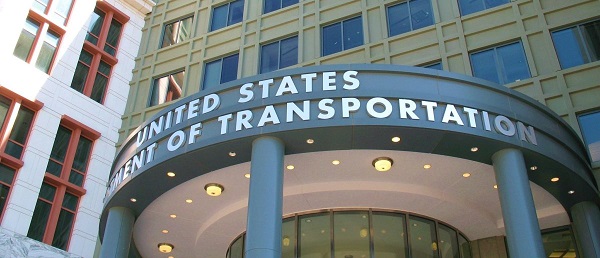
 Uncategorized2 days ago
Uncategorized2 days agoTrump Admin Establishing Council To Make Buildings Beautiful Again
-

 Economy1 day ago
Economy1 day agoTop Scientists Deliberately Misrepresented Sea Level Rise For Years
-
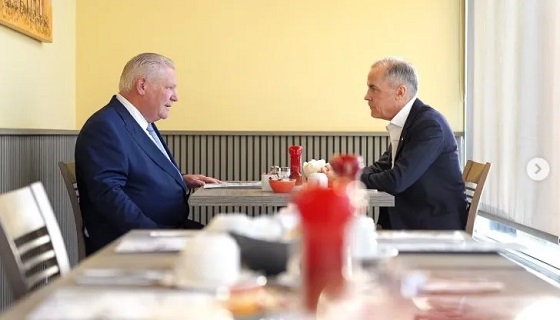
 Business19 hours ago
Business19 hours agoTrump Raises US Tariffs on Canadian Products by 10% after Doug Ford’s $75,000,000 Ad Campaign
-

 Energy18 hours ago
Energy18 hours agoCAPP calls on federal government to reset energy policy before it’s too late
-

 International2 days ago
International2 days agoUS Deploys Gerald Ford Carrier Strike Group To Target Cartels
-
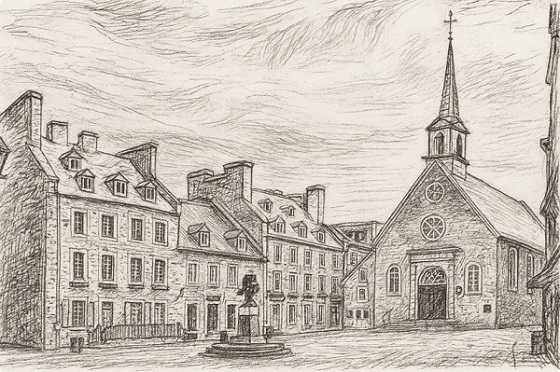
 Frontier Centre for Public Policy1 day ago
Frontier Centre for Public Policy1 day agoChurches Are All That Stands Between Canada And Tyranny
-
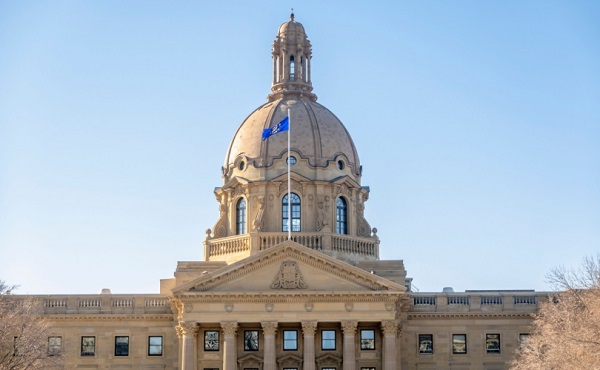
 Alberta1 day ago
Alberta1 day agoAlberta introduces bill allowing province to reject international agreements







